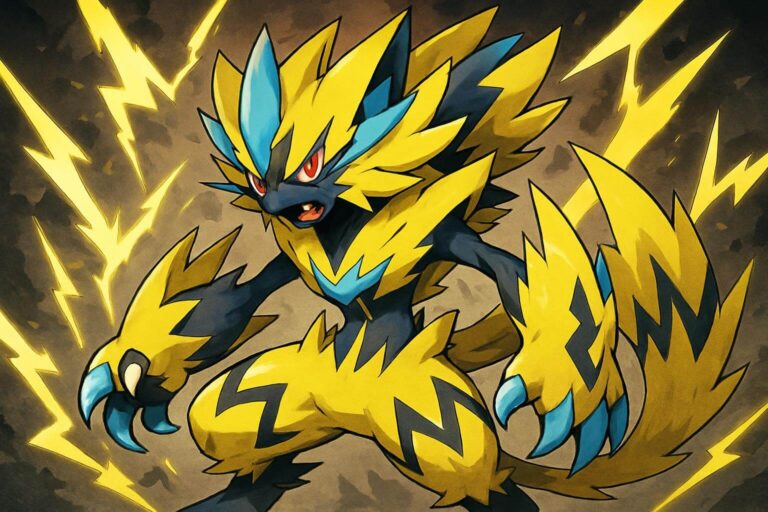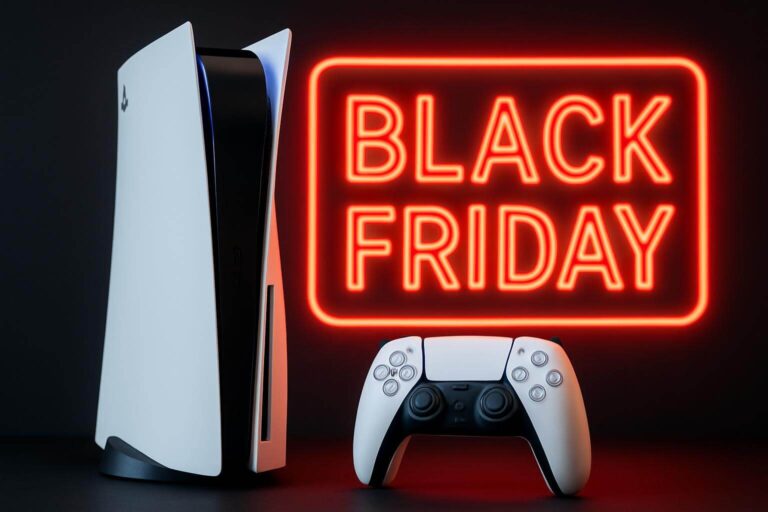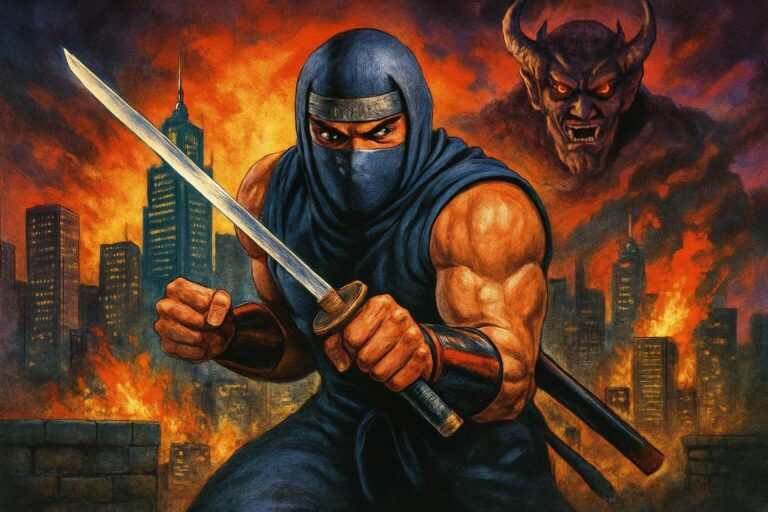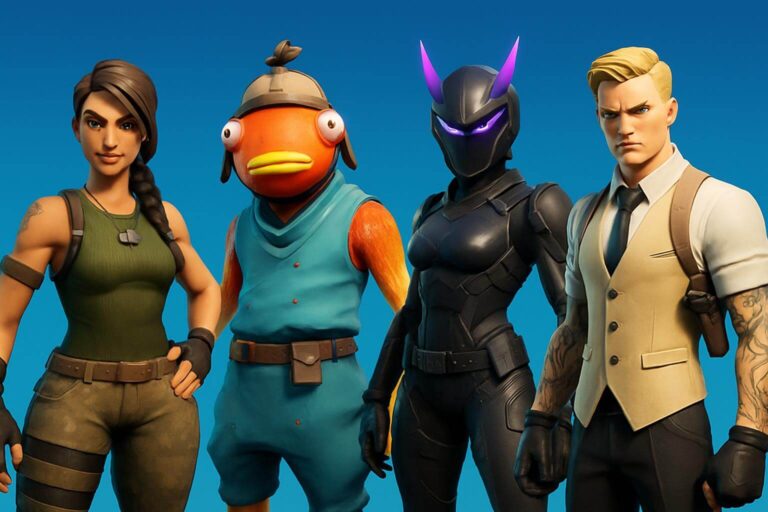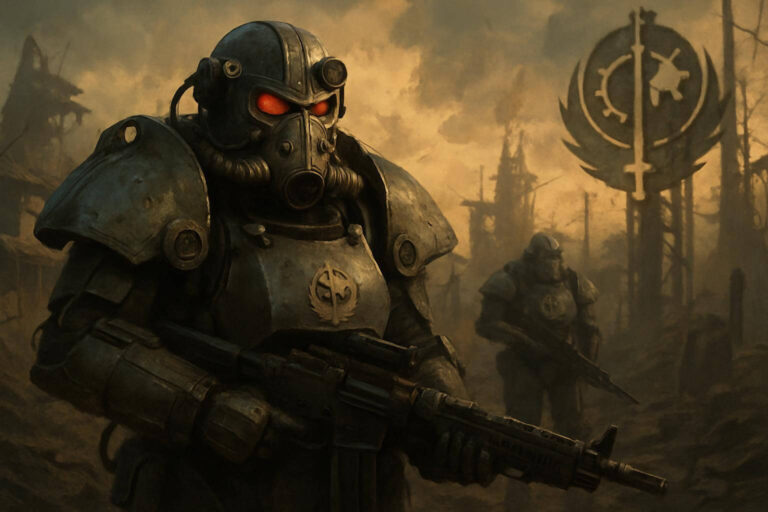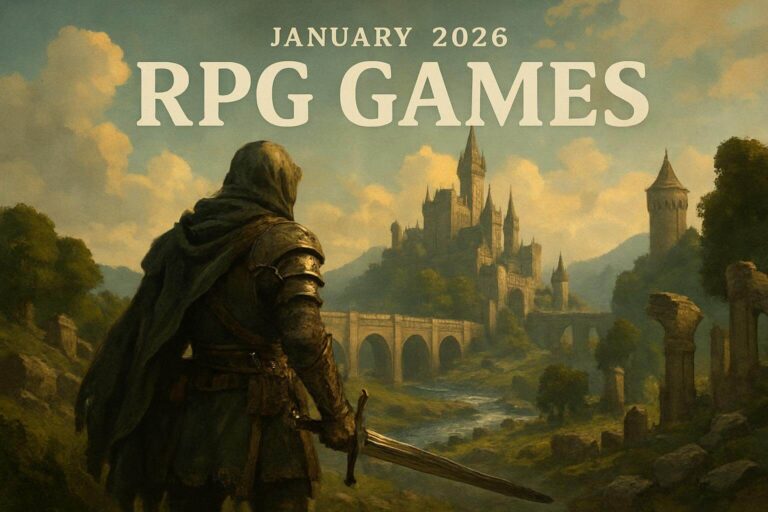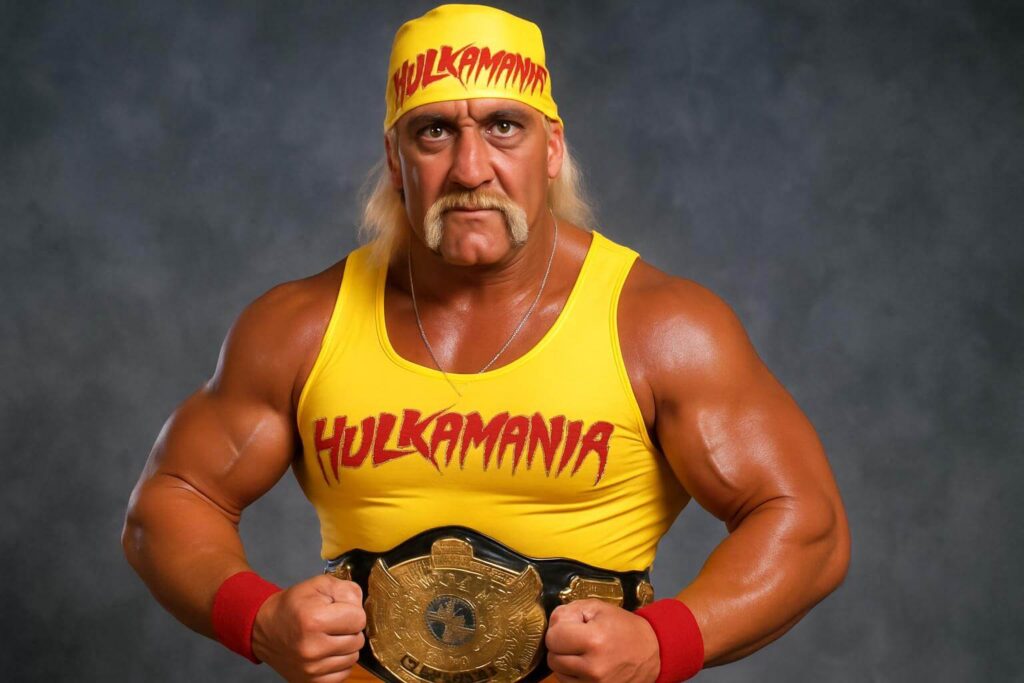
The world of wrestling has lost a giant. Hulk Hogan, born Terry Gene Bollea, died on July 24, 2025, at the age of 71. Known for his yellow mustache, red bandana, and unmatched charisma, Hogan defined an era. He didn’t just wrestle. He roared into homes and hearts, becoming one of the most recognized faces in sports entertainment history. His sudden death shocked fans around the world.
The Day Hulk Hogan Died, Wrestling Stopped Moving
Hogan passed away at a hospital in Clearwater, Florida. Earlier that morning, emergency services rushed to his home after a cardiac arrest was reported. Doctors tried to revive him, but he was declared dead before noon. His wife confirmed he had undergone neck surgery just months before. He seemed to be recovering. The collapse was unexpected.
There was no foul play. Just a quiet, tragic ending to one of wrestling’s loudest lives. As news spread, tributes poured in from fans, fellow wrestlers, and celebrities.
To many, Hulk Hogan was more than an athlete. He was an icon.
Hulk Hogan Dies, But Hulkamania Lives Forever
Hogan began his wrestling career in the late 1970s. But it was the 1980s that made him a legend. He headlined the very first WrestleMania and lifted Andre the Giant. Hulk shouted lines like “Whatcha gonna do, brother?” and kids repeated them across playgrounds.
He wasn’t the most technical wrestler. But no one could match his presence. His entrance music, bright gear, and powerful poses created unforgettable moments.
Hogan held multiple world titles. He was a two-time Hall of Fame inductee. Hogan also crossed into Hollywood with roles in action films. He starred in cartoons and reality shows. He wasn’t just part of pop culture—he was pop culture.
Even when controversy hit his name, fans remembered the good. They remembered the matches, the promos, and the energy. They remembered Hulkamania.
Legacy of Hulk Hogan: More Than Muscle and Mustaches
Wrestling changed after Hogan. He opened doors and turned wrestling from a regional sport into a global spectacle. He helped it reach mainstream audiences. Without Hogan, there might never have been a boom in the 80s. Or the attitude shift in the 90s. Or the multi-billion-dollar industry we know today.
Younger wrestlers credit him for paving the way. Promoters credit him for building arenas. Fans credit him for inspiring loyalty, courage, and belief. Hogan always told people to say their prayers, eat their vitamins, and believe in themselves. He lived like a character, but his impact was real.
WWE, AEW, and other companies paused shows for tributes. Legends like Ric Flair, The Undertaker, and Stone Cold offered their respects. Even political figures acknowledged the loss.
This wasn’t just the death of a man. It felt like the end of an era.
The End of the Red and Yellow Reign
Hogan’s final years were quiet. He made appearances and shared stories. While, he stayed close to the wrestling world but left the spotlight to the next generation. He wanted to enjoy peace.
Yet he remained a symbol. Fans still wore his shirts. Chants still echoed in arenas. Kids who never saw him wrestle knew who he was. That’s the mark of true fame.
With his death, the world says goodbye to a chapter of wrestling that was larger than life. But the spirit of Hulkamania doesn’t fade. It lives on in the crowd’s roar, the energy of young performers, and the red and yellow legacy he left behind.
The ring is quieter now. But the echoes of “Hulk Hogan” will never stop bouncing off the ropes.
